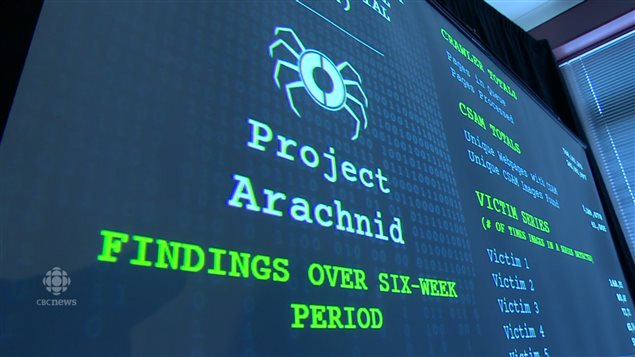With the advent of the internet, the problem of child pornography and exploitation has grown exponentially and internationally.
Christy Dzikowicz says that the initial harm to children in pornography and exploitation is worsened and ongoing when images are distributed and shared on the internet. She is the Director of Child Safety and Family Advocacy Division of Canadian Centre for Child Protection based in Winnipeg, Manitoba. The Centre has come up with a new method to remove such images from the net. It’s called “Project Arachnid”
Listen
For some 15 years the Canadian Centre for Child Protection has operated a successful “tip line” where people can advise the group of online images of child sexual abuse. The group then works to have those removed, but it’s an uphill battle.
In a recent survey of “survivors” the Centre found that online recordings of the abuse means the victims have to relive the abuse and can never really put it in the past as it still exists online for others to see again and again.
As the internet has so greatly expanded, the Centre has come up with a technology to work faster to fight the spread of such images.

Project Arachnid involves a bot which searches through the net to identify images. Once identified the group works with the owners of servers where images are stored to have them removed.
The bot can process 150 web pages a second and the Centre says that in the first six weeks has found over five million unique web pages hosting child abuse, and detected 40-thousand child abuse images. Notifications were then sent to those web pages.
Ms Dzikowicz says they are very optimistic that with this new web tool will help to reduce the number and spread of child abuse and child porn images on the web.
Additional information –sources
- Canadian Centre for Child Protection-Project Arachnid
- Project Arachnid PDF
- CBC
- Toronto Star- Steve Lambert
CBC-NEWS REPORT







For reasons beyond our control, and for an undetermined period of time, our comment section is now closed. However, our social networks remain open to your contributions.